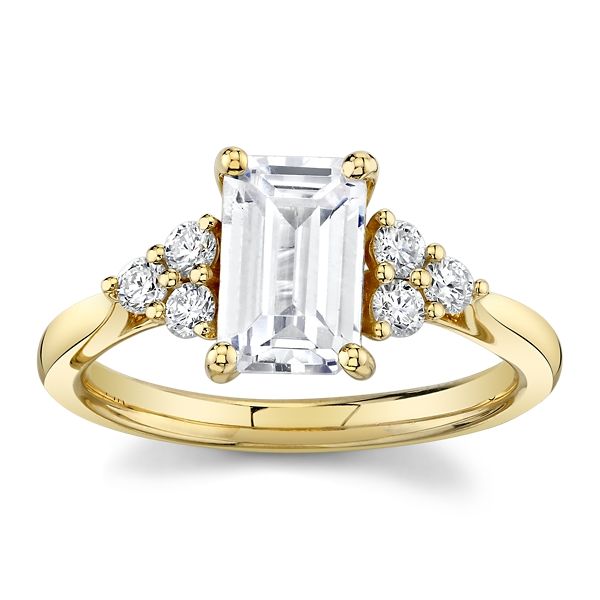
Lab-grown diamonds, also known as cultured or synthetic diamonds, have gained significant popularity in recent years due to their ethical and sustainable attributes. These diamonds are created through a fascinating process that requires specific machines and advanced technology. In this article, we delve into the machinery used in the production of lab grown diamonds, shedding light on the innovative techniques that have revolutionized the diamond industry.
The process of creating lab-grown diamonds begins with a tiny diamond seed, which serves as the foundation for the growth of the larger diamond crystal. To facilitate the growth, a high-pressure, high-temperature (HPHT) machine is employed. This machine applies extreme pressure and temperature conditions similar to those found deep within the Earth’s mantle, where natural diamonds are formed over millions of years.
In an HPHT machine, a small chamber is filled with a mixture of carbon source material and a catalyst, such as a metal alloy. The diamond seed is placed in the center of this chamber. The machine then applies intense pressure, often reaching several gigapascals, and raises the temperature to around 1,500 degrees Celsius. These conditions trigger the crystallization process, allowing carbon atoms to arrange themselves in the characteristic diamond crystal lattice structure. Over a period of several weeks, the carbon atoms gradually build upon the diamond seed, resulting in a larger, gem-quality lab-grown diamond.
Another method used to create lab-grown diamonds is the chemical vapor deposition (CVD) process. This technique involves a CVD machine, which uses a low-pressure environment to grow diamonds. The process begins by placing a diamond seed in a
chamber filled with a hydrocarbon gas, such as methane. Microwave energy or a heated filament is then used to break down the gas molecules, releasing carbon atoms. These carbon atoms settle on the diamond seed, layer by layer, forming a diamond crystal.
CVD machines utilize precise controls to maintain the required conditions for diamond growth. The temperature is carefully regulated, typically ranging from 700 to 1,300 degrees Celsius, while the pressure remains low. By controlling the gas composition, temperature, and other parameters, manufacturers can achieve the desired quality and size of the lab-grown diamond.
Both HPHT and CVD machines are complex pieces of equipment that require expertise and meticulous monitoring. The precise control of temperature, pressure, and gas composition is crucial to ensuring the growth of high-quality diamonds. Manufacturers employ advanced automation and computer-controlled systems to maintain consistency and optimize the growth process.
In addition to the primary machines used for diamond growth, various supporting equipment and technologies play a vital role in the production of lab-grown diamonds. These include gas delivery systems, vacuum pumps, gas analyzers, and purification systems. Each component of the manufacturing process contributes to the creation of pure and high-quality lab-grown diamonds.
It is worth noting that the production of lab-grown diamonds requires a significant investment in equipment, technology, and expertise. The machines used in the process are highly specialized and tailored to the specific requirements of diamond growth. As the demand for lab-grown diamonds continues to rise, manufacturers are continually
refining and innovating their machines and processes to enhance efficiency and produce diamonds of exceptional quality.
Lab-grown diamonds are revolutionizing the diamond industry, offering consumers an ethical and sustainable alternative to natural diamonds. The machines employed in their creation, whether HPHT or CVD, enable manufacturers to produce high-quality diamonds with remarkable precision and control. As technology continues to advance, the production of lab-grown diamonds is becoming increasingly efficient and accessible, empowering more people to enjoy the beauty and brilliance of these ethically sourced gems.

